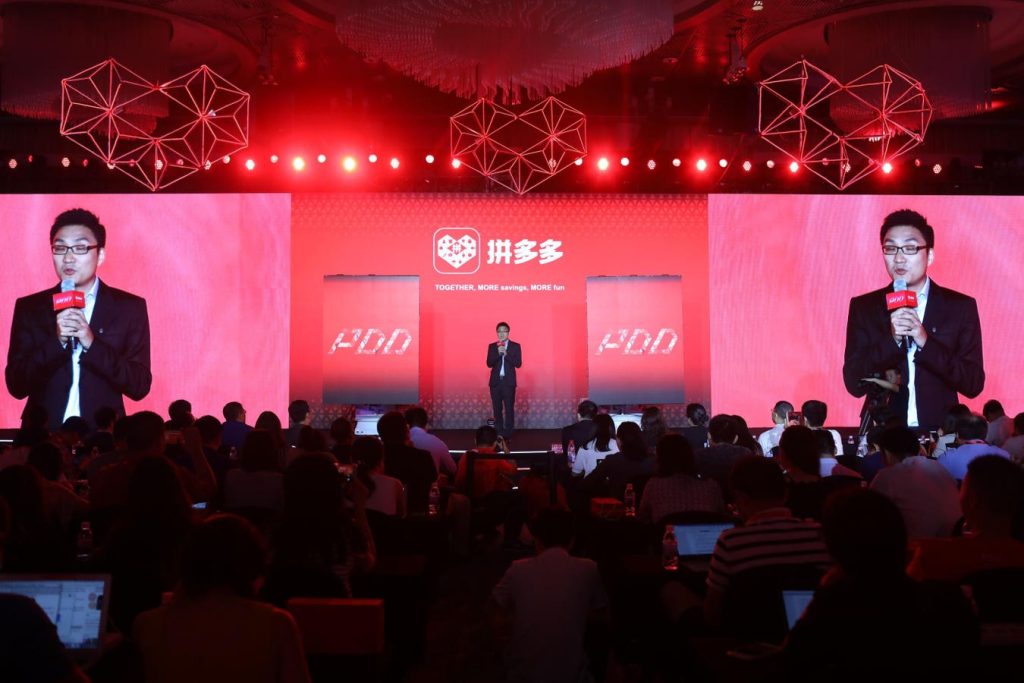Colin Huang, founder of e-commerce behemoth PDD Holdings, briefly replaced beverage giant Nongfu Spring’s founder Zhong Shanshan as China’s richest tycoon, according to Forbes’s Real-Time Billionaires List.
Huang, 44, clinched the crown for a few hours Thursday with wealth of $46.9 billion, according to Forbes estimates. The mogul stepped down as chairman of PDD Holdings in 2021 but continues to derive his net worth from a large company stake.
But Hong Kong-listed Nongfu Springs shares rose in afternoon trading, and Zhong’s fortune rose from $46.5 billion in the morning to $47 billion. The changes in the top spot came as Nongfu Spring faces a brutal price war in its core bottled water business, which analysts say will hurt profitability in the long run and its stock price. The company is still down more than 10% since it announced a HK$2 billion ($256 million) share buyback program a month ago.
Huang, on the other hand, is seeing his wealth rise thanks to Nasdaq-listed PDD Holdings’ success. The reclusive mogul, who started his career as a Google engineer in the U.S. in 2004, founded PDD Holdings (formerly called Pinduoduo) in 2015, almost two decades after competitors such as Alibaba and JD.com.
Despite the late entry, the company has grown to a $185 billion e-commerce juggernaut thanks to a successful discount strategy that leads to rock-bottom prices, which has appeal now that China’s economy faces slower growth. Shoppers can join purchase groups on the platform and bulk-buy everything from clothing and electronics to food. They pay, for example, as little as 17.7 yuan ($2.50) for a T-shirt or 9.8 yuan for an 80-pack box of biscuits.
“In addition to cheap prices, the company has a quite high market share in lower-tier cities and markets,” says Kenny Ng, a Hong Kong-based securities strategist at Everbright Securities International. “Market competition will continue, but I think PDD Holdings has big advantages.”
Although the company recently suffered a vendor protest on its overseas Temu platform, it managed to contain the crisis with no serious fallout, according to Robert McKay, a Shenzhen-based senior research associate at research firm Blue Lotus Capital Advisors. McKay points to the stock’s 8.1% rise over the past week, which all but erased earlier losses from the protest.
Ng says PDD Holdings’s share price has further room for growth. He believes the company’s valuation is relatively cheap. It is currently trading at a price-to-earnings multiple of 17.5 times, on par with Alibaba’s 17.8 times PE ratio in New York.
PDD Holdings reported a whopping 131% year-on-year surge in revenues to 86.8 billion yuan in the first quarter, while net income more than tripled to 28 billion yuan. Alibaba, by comparison, saw its sales increase 7% to 222 billion yuan in the same period and its net income decrease 96% to 919 million yuan due to losses from investments in certain publicly traded companies.
Analysts say investors aren’t valuing PDD Holdings higher as they price in geopolitical risks. They are worried that the Temu platform, now core to its rapid growth and known for splashy marketing such as its Super Bowl commercials in the past two years, will face closer government scrutiny as tensions between China and the U.S. rise. Investors are also concerned that regulators worldwide are moving to impose higher taxes on Temu to protect local businesses from an influx of low-cost goods.
Ke Yan, Singapore-based head of research at DZT Research, says Temu’s regulatory risks are more manageable than TikTok’s. The popular short video app developed by China’s ByteDance is facing a ban-or-divest order in the U.S. as American lawmakers argue it poses national security risks because the Chinese government could access user data or gain greater influence in the U.S. through the content on the platform. ByteDance has repeatedly denied the accusations and is fighting the order in court. Temu, on the other hand, isn’t about content, and the e-commerce platform is less likely to be used for building political influence, according to Ke.
Read the full article here










